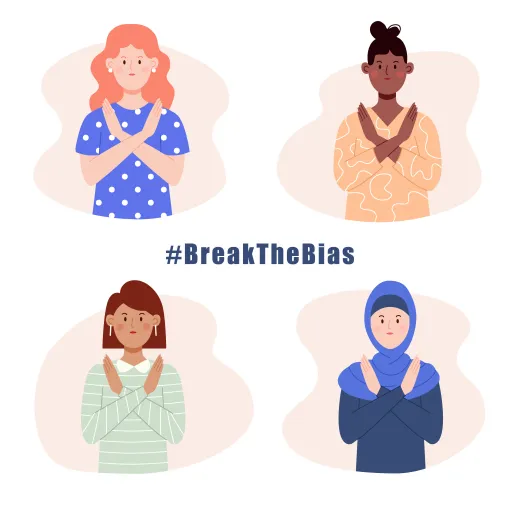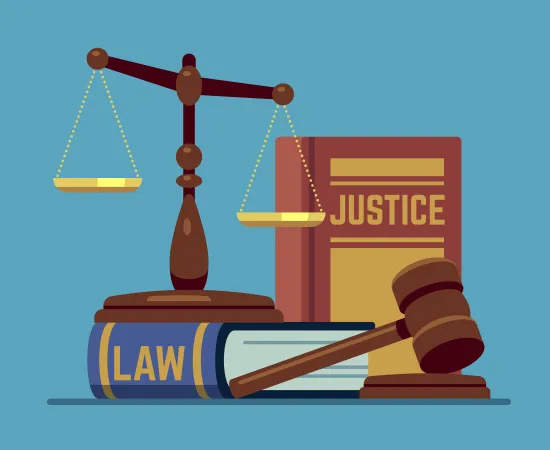In the modern world, activism vs advocacy are two terms synonymous. Activism takes direct action to fight for social change, whereas advocacy uses your voice to create positive societal change. The difference between these two may seem small, but there’s a world of difference between them. Let me explain what I mean.
Activism vs Advocacy Examples
Advocacy is probably the right path if you like to remain behind the scenes. An advocate generally takes far fewer risks than a person engaged in activism. A few paragraphs below will go into more detail about the dangers.

Activists are typically on the frontlines of fighting for social good. One main benefit of activism vs. advocacy is that activists have more options. Activists aren’t limited in their tactics like an advocate is. As an activist, you can do what an advocate does; conversely, an advocate is less likely to wear the hat of an activist.
Advocacy Meaning
Advocacy entails presenting a message and advocating for change, while activism involves direct action to create change. Advocates will work with legislators and other decision-makers behind the scenes to create change from the top down. One of the main problems with advocates vs. activists is that advocates may get too close to lawmakers, which means there is a higher potential for corruption and biases to play out. There’s a fine line between an advocate and a lobbyist.

Advocate Synonyms
Advocacy, support, backing, assistance, and help all describe someone or something that provides encouragement and guidance. They can be used interchangeably depending on the situation. For example, you might say, “I need some advocacy” if you’re looking for someone to speak up on your behalf.
Alternatively, you might say, “Can I get some support?” if you’re asking for help in general. And if you’re seeking financial assistance, you might say, “I need some backing.”
You May Also Like:
- Social Movements Analysis
- Pro-Choice Vs. Pro-Life
- Slacktivism Explained
- Corporate Activism Meaning
Activism Goals
As an activist, your goal might be to organize protests or other actions that pressure decision-makers to make changes without legislative involvement. One of the most critical distinctions between activists and advocates is that activists are more likely to take risks than advocates because they do more than talk about an issue.
What Is Everyday Activism
Activists tend to be more involved with the community and are often seen as people that can’t wait for something good to happen, so they take it into their own hands. You may also find many activists working in grassroots organizations working directly with communities affected by social justice issues like poverty, immigration reform, and the environment.

Advocacy Vs Activism Differences
The differences in behavior between activists and advocates have much to do with consequences. As technology and the power of the government have increased, direct actions’ risk vs. reward value has changed. This is why many people shy away from activism and prefer to advocate from a safe range.
The following are the three significant differences between activism and advocacy:
Radicalization
In the past, activism has been seen as a more radical and effective form of protest. However, advocacy is now being seen by many to be a better form of resistance because it gives people hope for change and opportunity. In other words, fewer distractions and ways to go off track when you are an advocate.
Remember that advocates can be just as radical as activists, but they can more easily slip into a disguise. There are positives and negatives to that, so it’s a matter of perspective.
- The optics of activism vs. advocacy constitute a significant divide that we must not ignore.
Aggression
Activism is more of an outward protest than advocacy, and it is sometimes a level of aggression that advocates may not take with their approach. This can be seen in how activists do things like public demonstrations while advocates focus on passing a law. The use of activism has been necessary in some instances for the minority to have their voices heard, but it is by no means always the best way. If you are fighting for a change, you have to be able to adapt.
Compromise
Advocates are better at helping people see and understand where they are coming from to compromise on legislation that will impact them. These two types of supporters are both critical, and there should be a balance between the two at all times.
In certain instances, there is no alternative to activism.
It has been necessary for the gay rights movement and protests against racism because it was either this or nothing.
Both of the above examples have seen more advocacy as the years go on, so there can be a slow change where laws are not immediately changed in one direction or another. Instead, citizens will start to see things differently and develop different solutions to problems.
Conclusion
Activism is when one takes direct action to change something they find unjust. An example of this would be a protest or rally. On the other hand, advocacy creates positive change by pressuring decision-makers through lobbying and campaigning. Both are viable options to influence societal change for the better.





